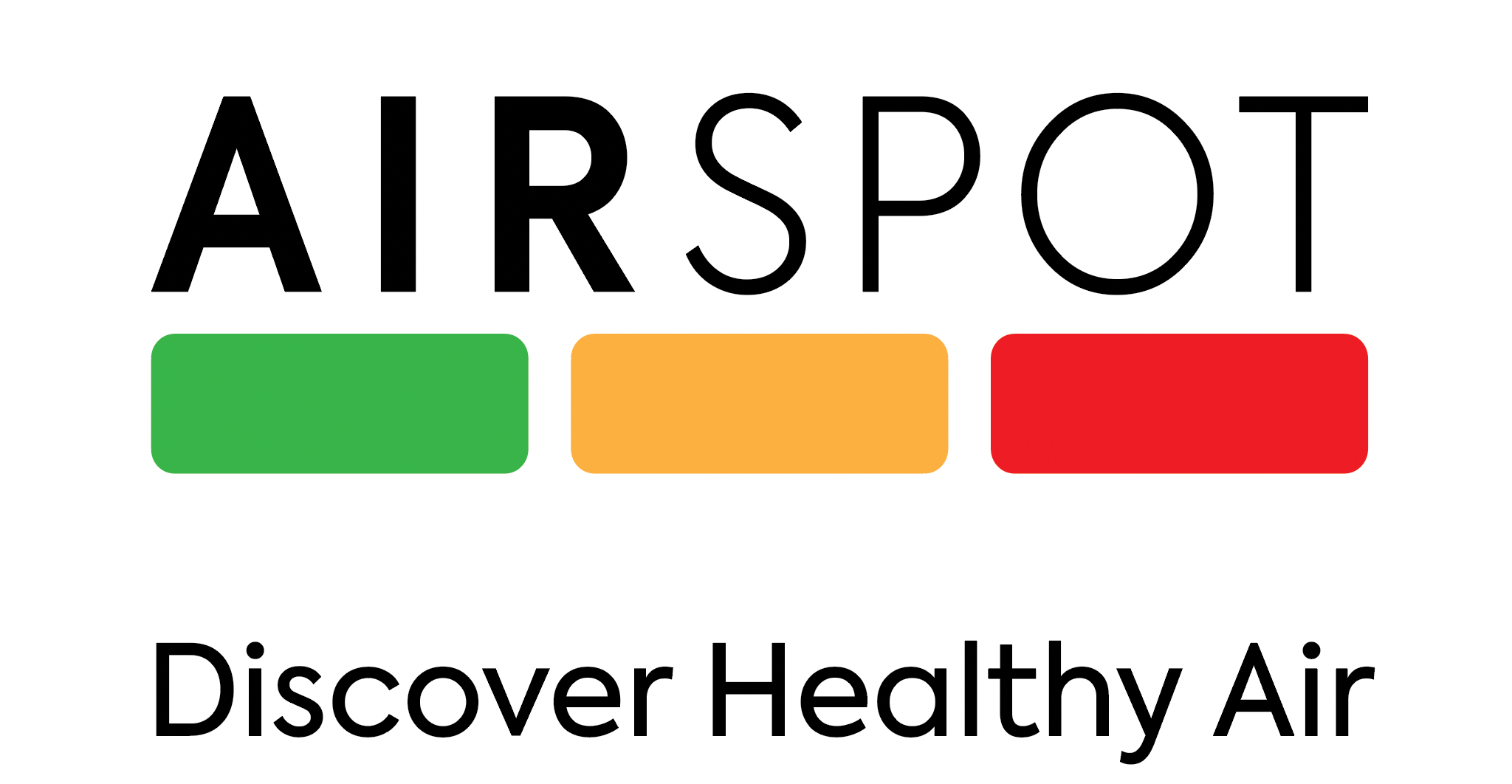What is AirHealth?
Indoor environments are often considered safe havens, shielded from the external environmental hazards. Caring about AirHealth is crucial, as the quality of the air we breathe has significant impacts on our health, environment, and overall well-being. But what is the AirHealth of your indoor environments, and how can you measure it?
CO2 levels as an indicator of rebreathed air
High carbon dioxide (CO2) levels indoors are primarily a result of inadequate ventilation and poor air circulation. As humans exhale, we release CO2 into the air. If CO2 is not effectively removed from the space - using good ventilation habits, for example - its concentration can rise significantly.
Given this, we can use CO2 levels as a way to measure rebreathed air. Put simply, rebreathed air refers to the concept of inhaling the same air you - and other people - have previously exhaled. If someone who is sick with a virus that is spread through the air is present, this puts you at elevated risk of catching their illness. Examples of airborne viruses include cold, flu, chicken pox, measles and COVID.
Productivity and well-being impacts of poor AirHealth
The implications of elevated CO2 levels are more than just discomfort. Research shows that CO2 levels above 1000 parts per million (ppm) can lead to a condition known as "sick building syndrome." Symptoms include headaches, dizziness, shortness of breath, and decreased cognitive function. Prolonged exposure might contribute to chronic health issues.
In educational settings, where students and teachers spend a significant portion of their day, high CO2 concentrations can hinder learning and concentration. Offices, too, can be affected, impacting productivity and overall well-being.
Preventing these risks requires proper ventilation and effective HVAC systems that constantly exchange indoor and outdoor air. Regular monitoring of CO2 levels is crucial, and adjusting ventilation rates based on occupancy can help maintain indoor air quality. Prioritizing green building designs and sustainable construction materials can contribute to healthier indoor environments.
The risks of high CO2 levels in indoor settings extend beyond mere inconvenience. Proactive measures to ensure proper ventilation and air quality are essential to create safe, comfortable, and productive spaces.
Know more about AirHealth here.





